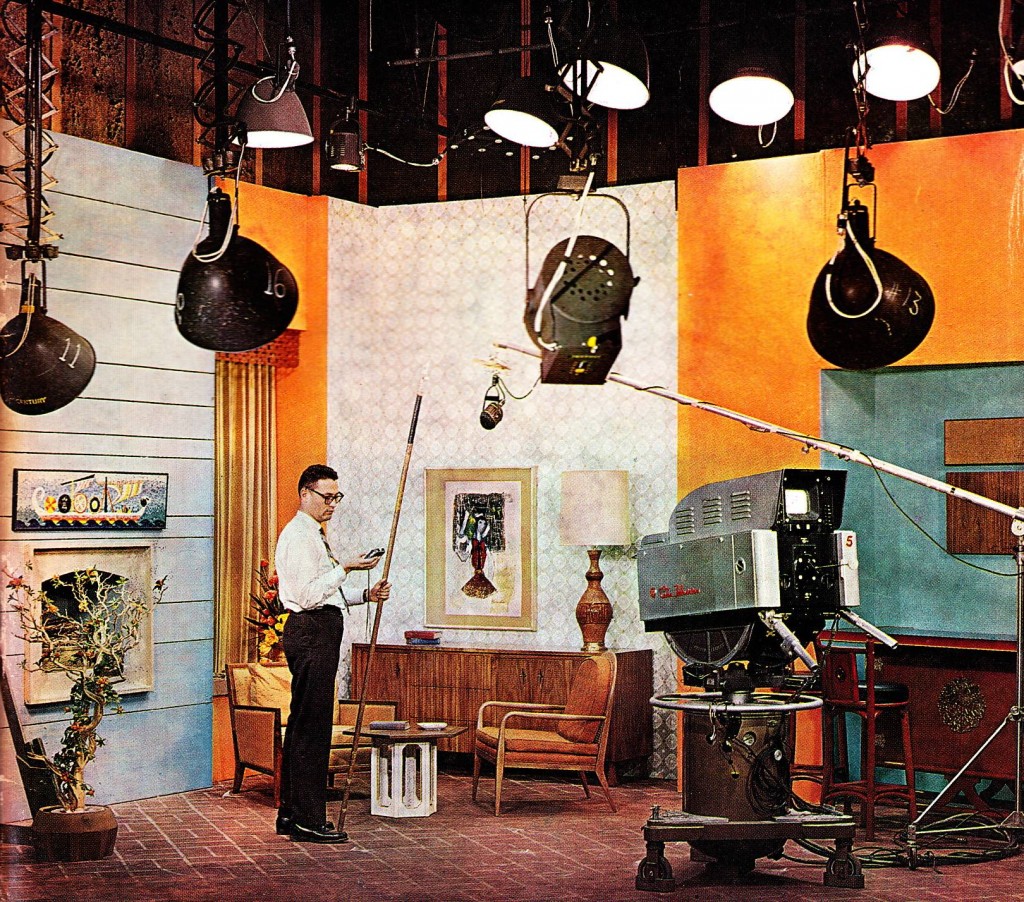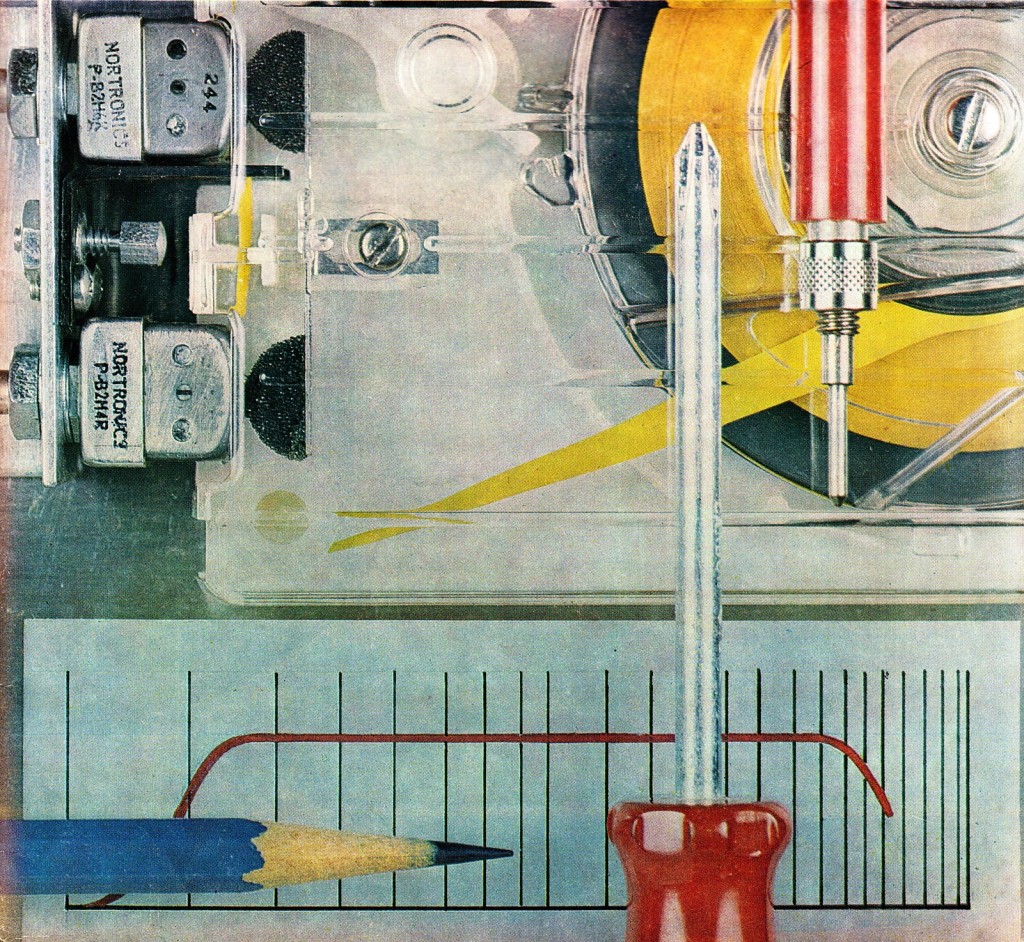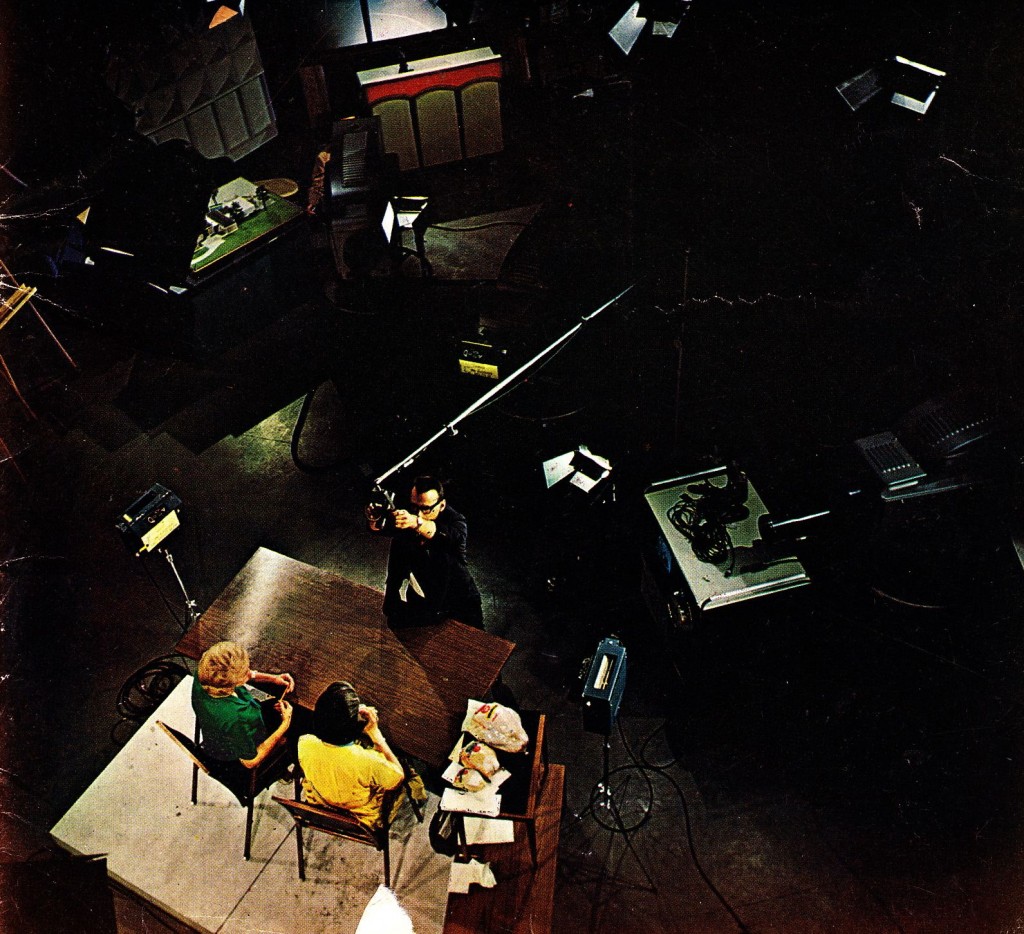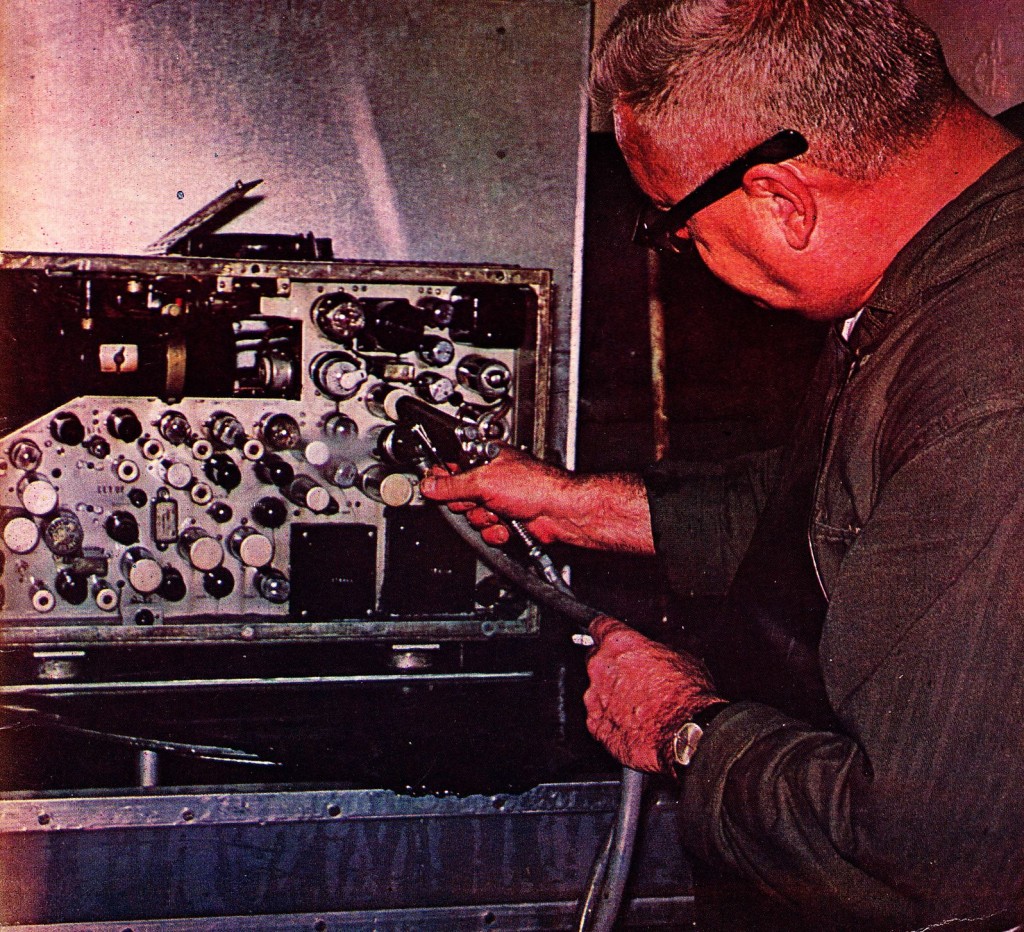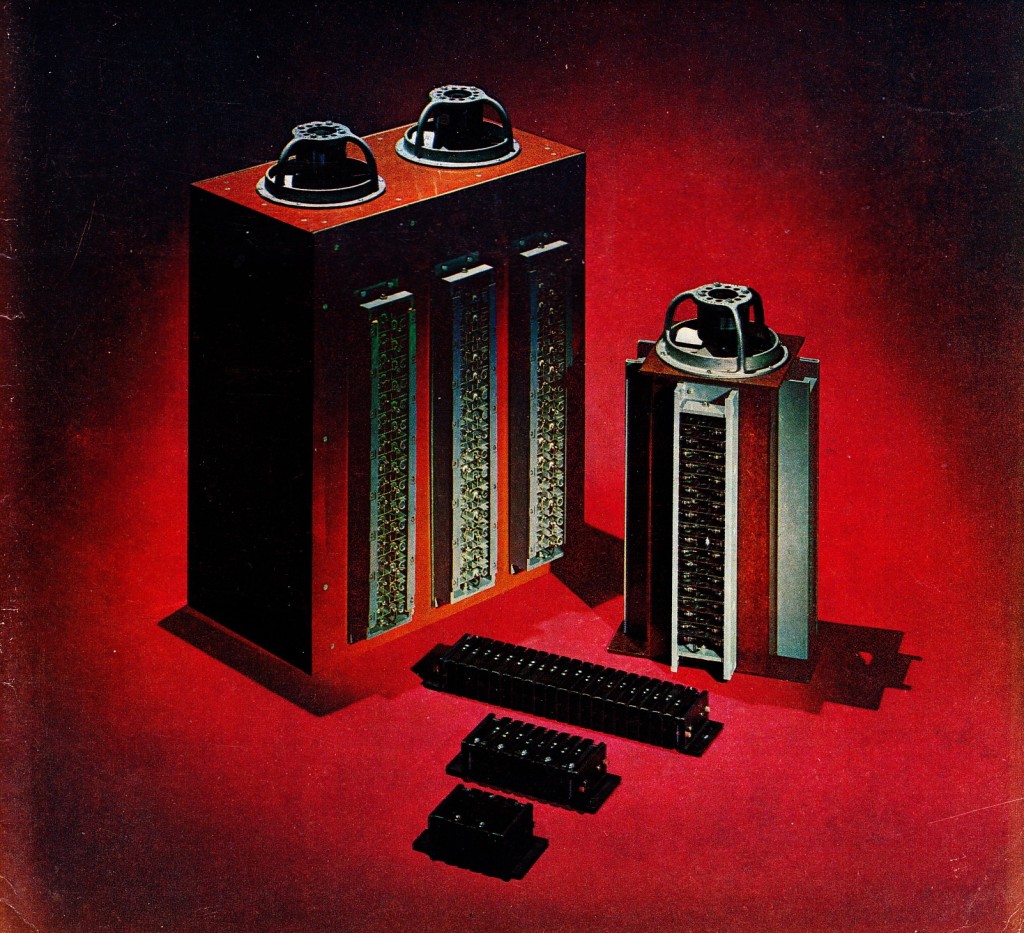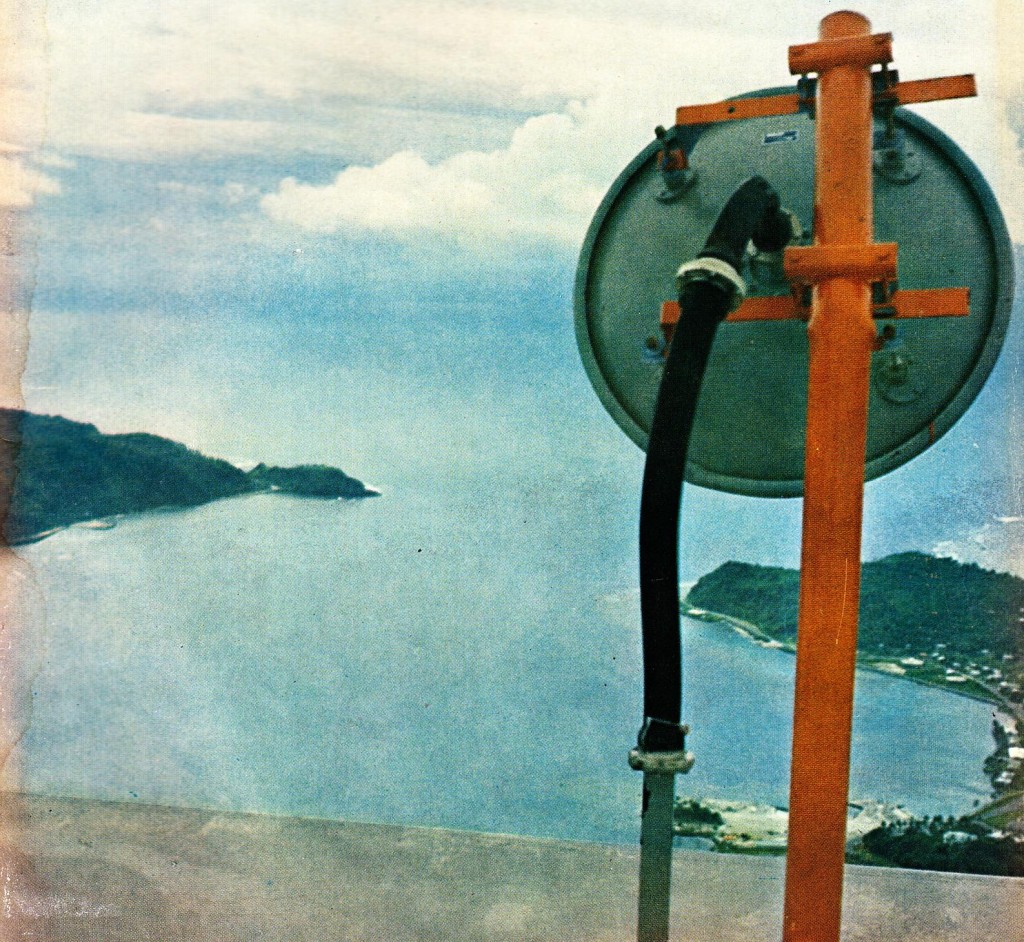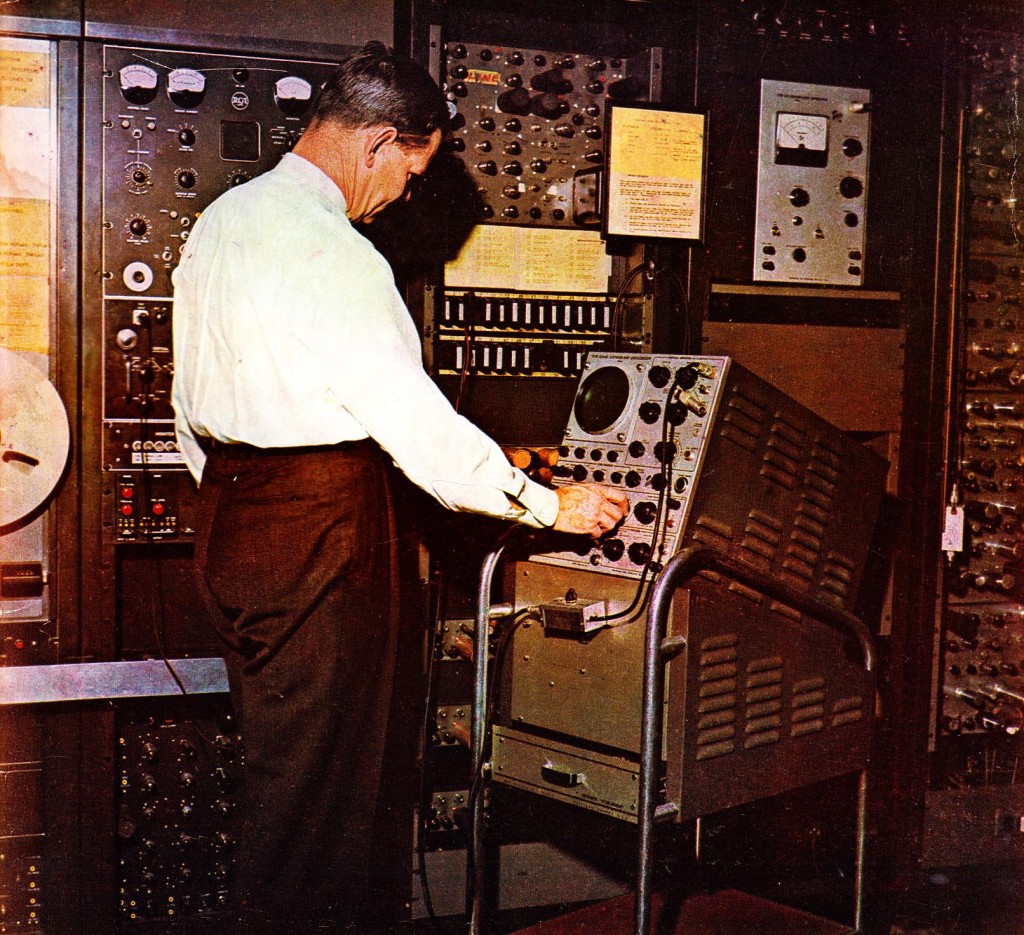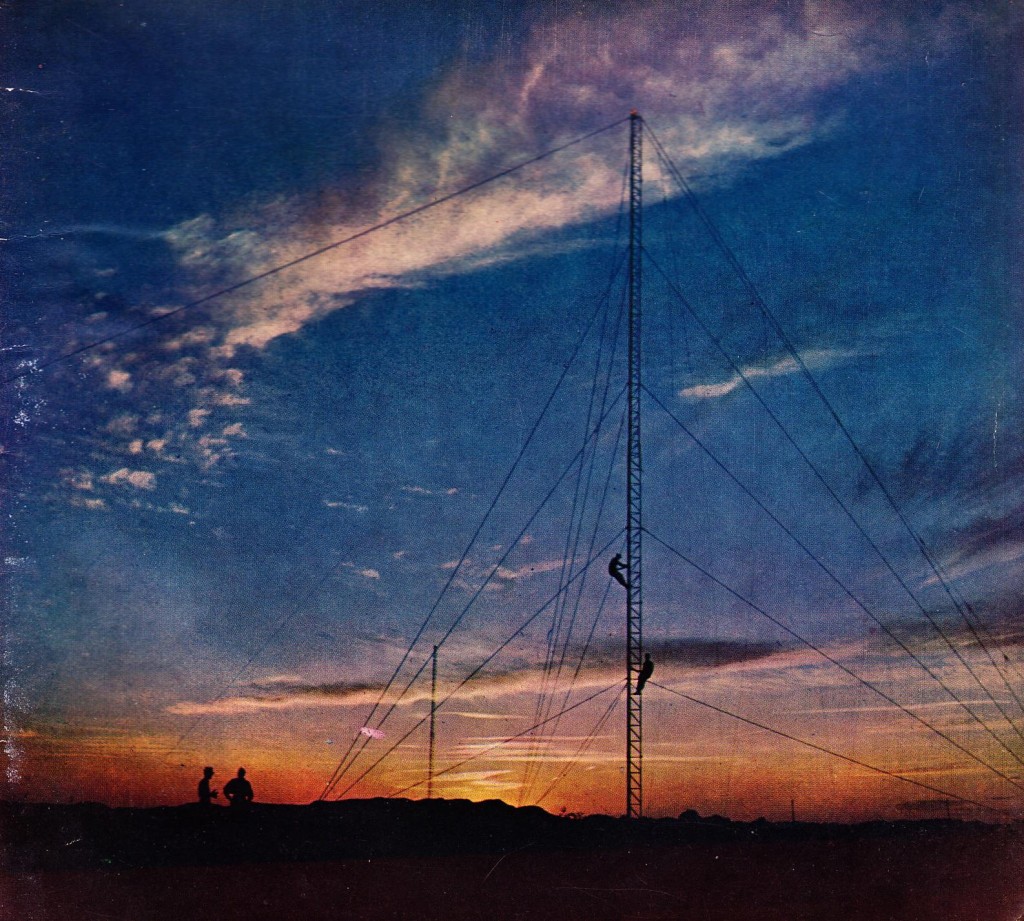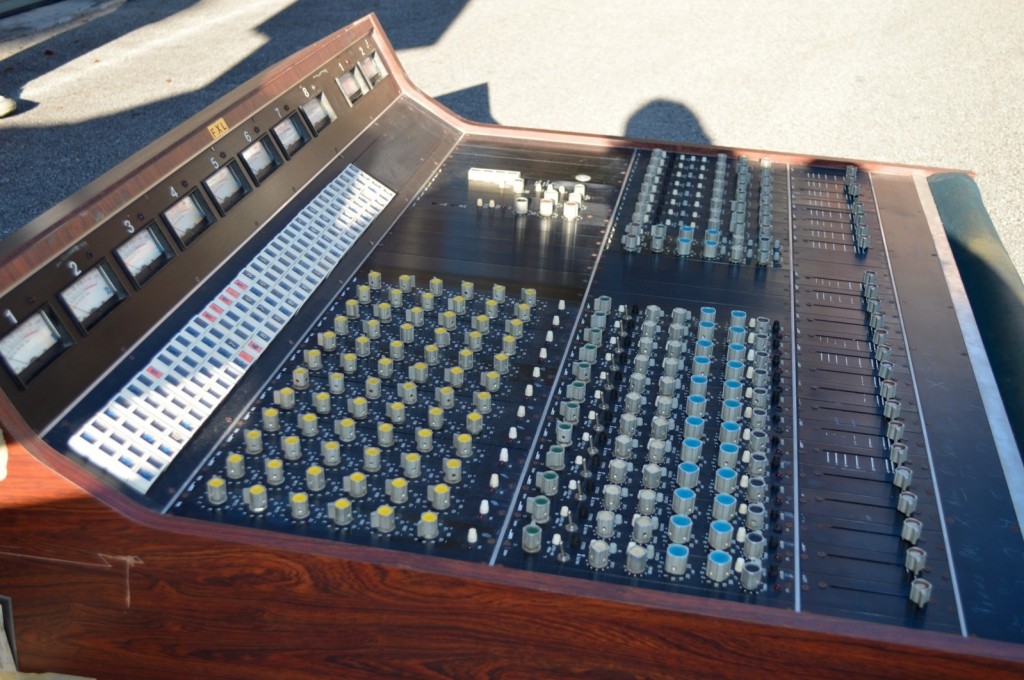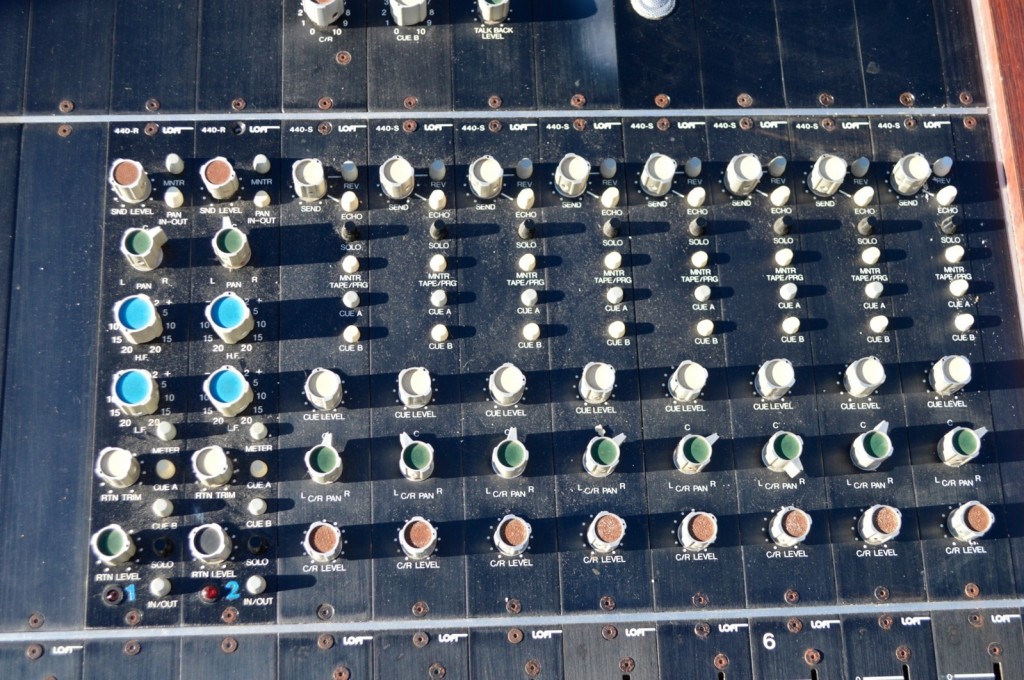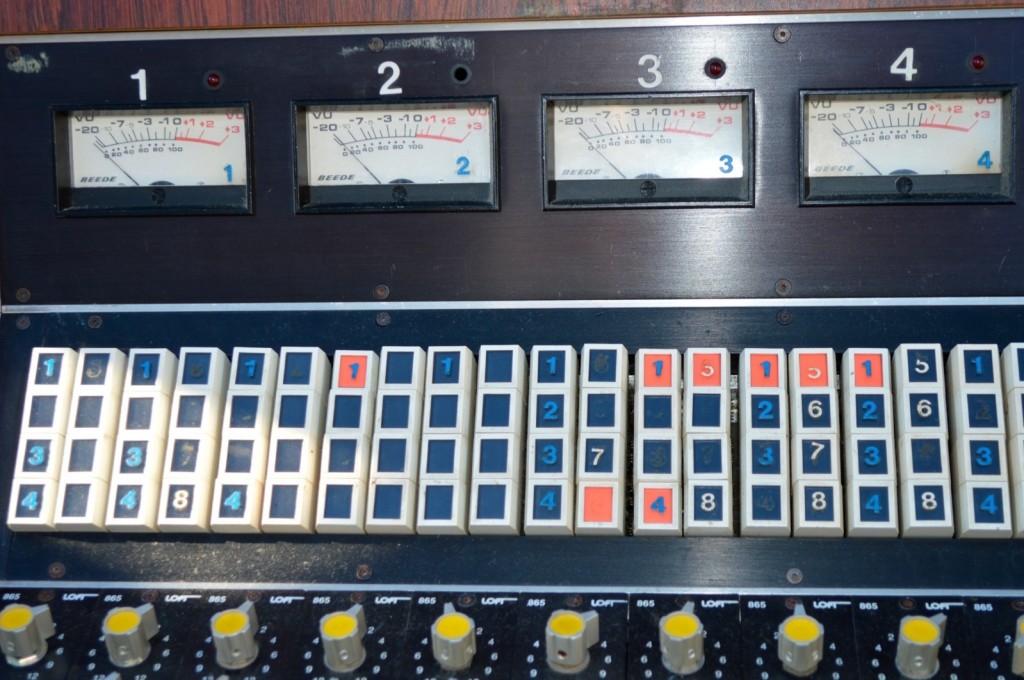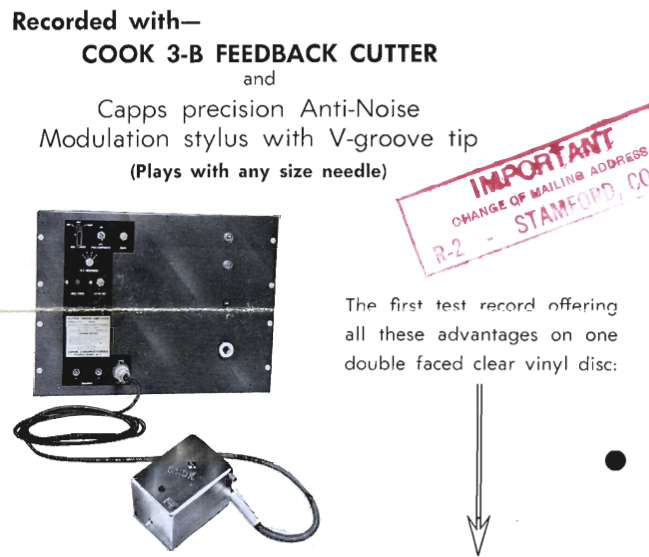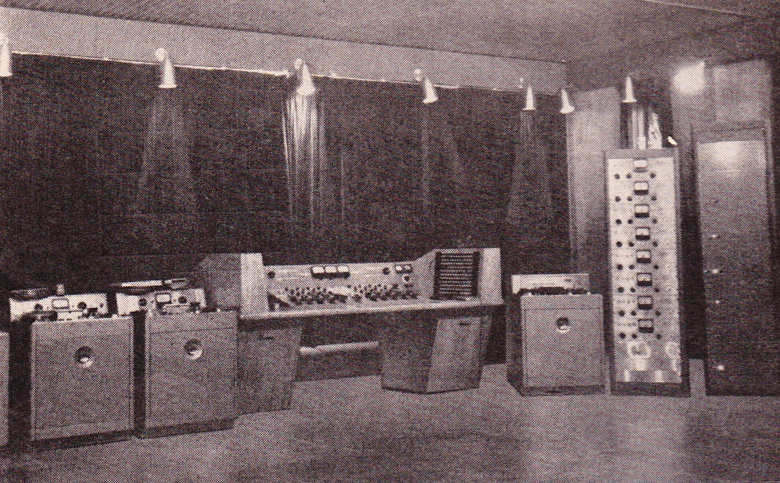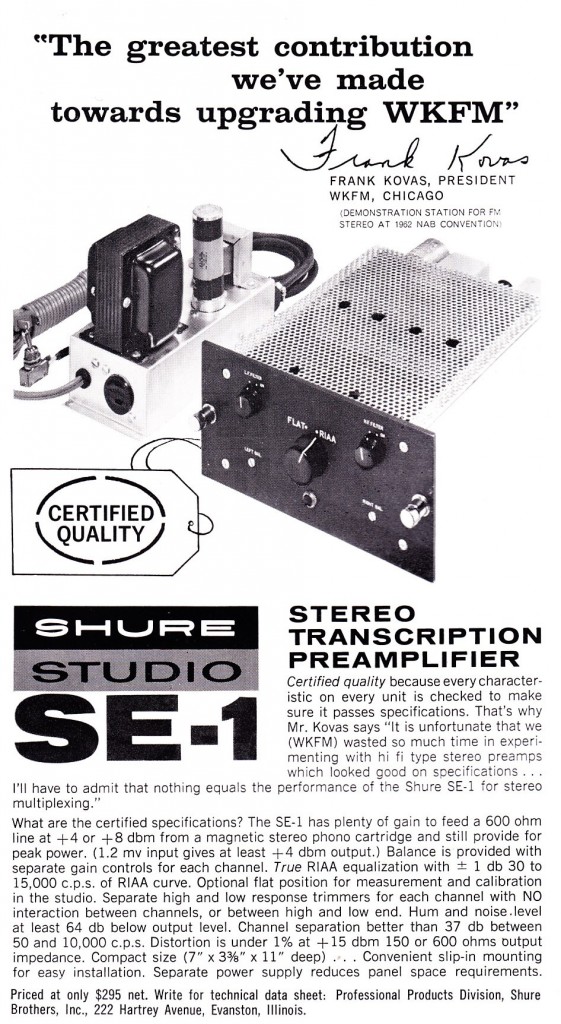 Above, Shure’s SE-1 RIAA phono pre. I would love to see the schematic for this is anyone can direct me to it. The specs look extremely good. These seem to go for a pretty penny on eBay and seems like a worthwhile thing to DIY. Anyone?
Above, Shure’s SE-1 RIAA phono pre. I would love to see the schematic for this is anyone can direct me to it. The specs look extremely good. These seem to go for a pretty penny on eBay and seems like a worthwhile thing to DIY. Anyone?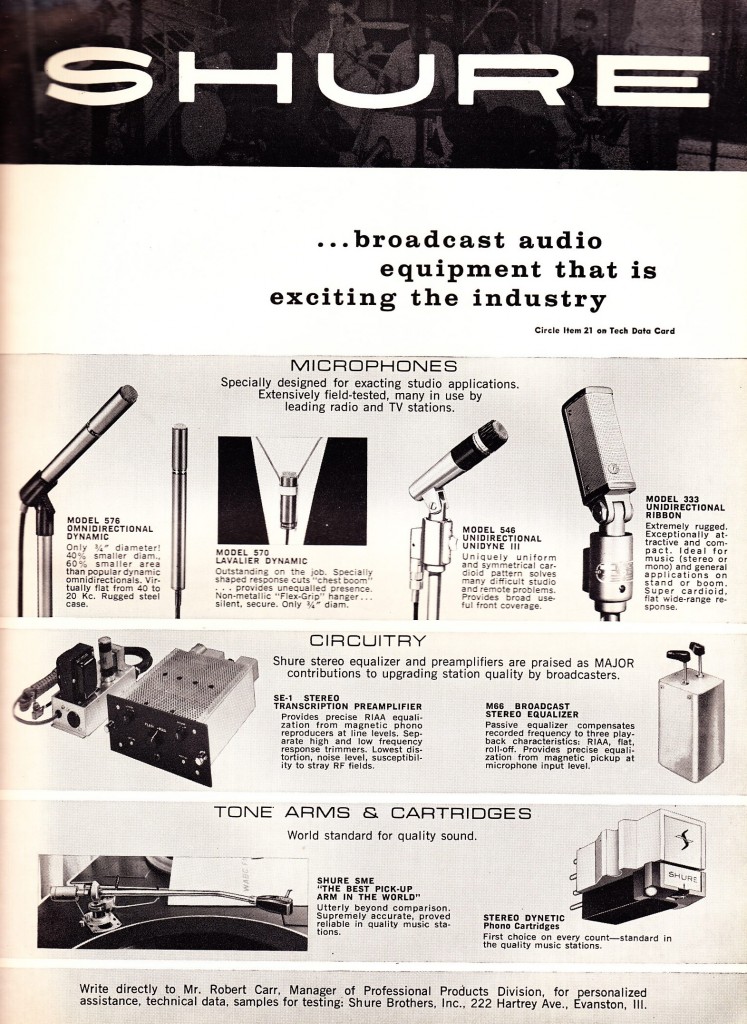 And above, again, this time next to Shure’s 576, 570, 546 (AKA SM-56) and 333 mics. I have the ‘other’ broadcast – quality Shure Ribbon, the 300, and I like it alright… had it re-ribboned by Stephen Sank and it’s decent. The 300 definitely sounds v v vintage but it’s a useable sound. Really want a 333. This is the same as an SM-33, yes? No? anyone using these things lately?
And above, again, this time next to Shure’s 576, 570, 546 (AKA SM-56) and 333 mics. I have the ‘other’ broadcast – quality Shure Ribbon, the 300, and I like it alright… had it re-ribboned by Stephen Sank and it’s decent. The 300 definitely sounds v v vintage but it’s a useable sound. Really want a 333. This is the same as an SM-33, yes? No? anyone using these things lately?
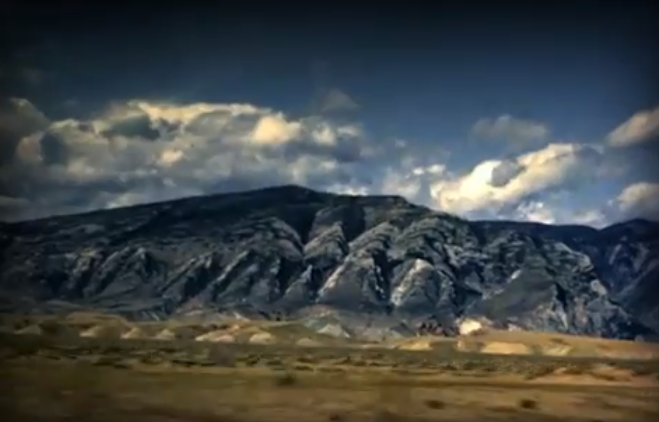 I spent a good portion of the fall last year working on Stephen Kellogg’s new record BLUNDERSTONE ROOKERY at Gold Coast Recorders. Stephen produced the album with Kit Karlson; I engineered, and the mixing was done by Mike Mogis at his spot in Omaha. Audio mastering by Bob Ludwig at Gateway.
I spent a good portion of the fall last year working on Stephen Kellogg’s new record BLUNDERSTONE ROOKERY at Gold Coast Recorders. Stephen produced the album with Kit Karlson; I engineered, and the mixing was done by Mike Mogis at his spot in Omaha. Audio mastering by Bob Ludwig at Gateway.
As USA TODAY announced in this great write-up last month, the album drops June 18, but Stephen decided to pre-release the 10-minute track “Thanksgiving” with a wonderful music video by Daniel Cummings. Beyond the length of the song and the emotional intensity of the lyric+vocal performance by Stephen, this production is incredibly epic in scale: from the full live choir that bookends the body of the song (recorded on-location in Massachusetts) to the kaleidoscopic arrangement of live rock band, horn section, and big string section, I can safely say that this track is the most ambitions that I have been a part of. We’ll have a more detailed account of the album sessions when the album comes out, but for now, check out… “THANKSGIVING.”
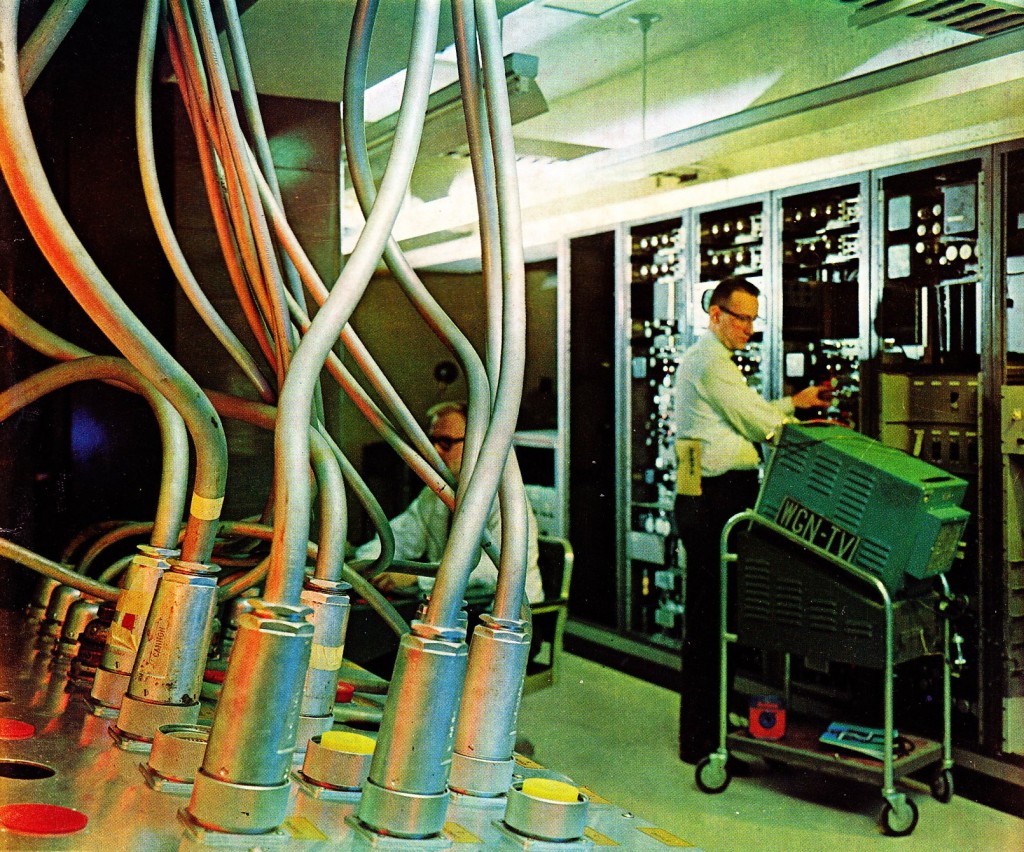 How are y’all doing… I recently picked up a large pile of the old ‘Broadcast Engineering’ mags from the mid 60’s. Although much of the content focuses on video engineering (not quite ready to go there yet…), I found a good amount of audio-related content that is still potentially relevant today. I’ll be uploading bits and bobs throughout March. Thanks for reading, and stay tuned…. oh and here’s a sample of that yr in for…
How are y’all doing… I recently picked up a large pile of the old ‘Broadcast Engineering’ mags from the mid 60’s. Although much of the content focuses on video engineering (not quite ready to go there yet…), I found a good amount of audio-related content that is still potentially relevant today. I’ll be uploading bits and bobs throughout March. Thanks for reading, and stay tuned…. oh and here’s a sample of that yr in for…
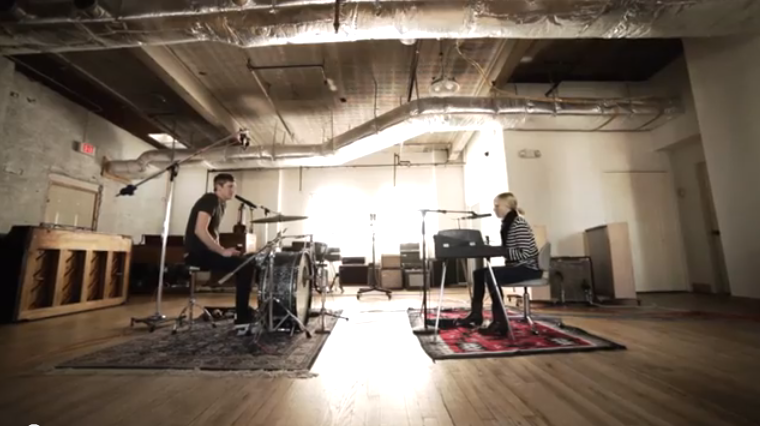 We were lucky a few months back to have the fantastic band MATES OF STATE at Gold Coast Recorders to tape part of their AUDIO-FILES episode. You can watch the whole performance right here. Wonderful performance by Kori and Jason and just an absolutely delightful crew to work with. Directed by Matt Eastin. Recorded by Chris and Cade Thalman at Gold Coast Recorders, mixed by Jason Hammel.
We were lucky a few months back to have the fantastic band MATES OF STATE at Gold Coast Recorders to tape part of their AUDIO-FILES episode. You can watch the whole performance right here. Wonderful performance by Kori and Jason and just an absolutely delightful crew to work with. Directed by Matt Eastin. Recorded by Chris and Cade Thalman at Gold Coast Recorders, mixed by Jason Hammel.
Several years ago we ran a couple of pieces about LOFT AUDIO, a 1970’s era Connecticut Pro Audio manufacturer. LOFT founder Peter Nimirowski got in touch with us and provided some never-before seen factory photos and documentation. Click here to read the initial PS dot com article, and then click here for the follow-up with Peter’s comments. Anyhow, a decent-condition LOFT 440 Console has finally turned up on eBay, and if it wasn’t tax-time you know I’d be buying this thing. As with any 40-year-old piece of audio equipment, caveat emptor. Click here for the eBay auction. BTW, whatya think all those vintage-70’s API-type knobs are worth? Prolly close to the BIN price…
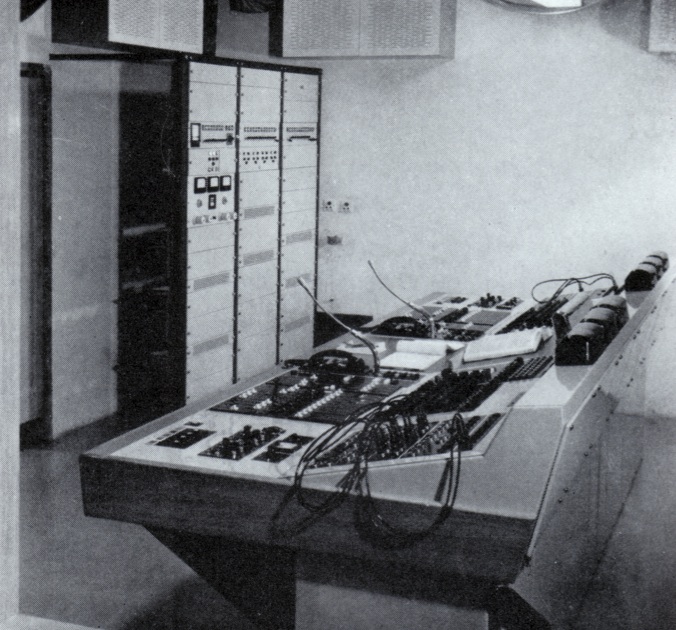 From DB mag, Jan 1970, a short piece by J. Borwick on Decca Records’ location-install at Vienna’s famous Sophiensaal venue. Thanks to T.F. for the scan.
From DB mag, Jan 1970, a short piece by J. Borwick on Decca Records’ location-install at Vienna’s famous Sophiensaal venue. Thanks to T.F. for the scan.
DOWNLOAD: db_Mag-7001-Decca_in_Vienna_bw 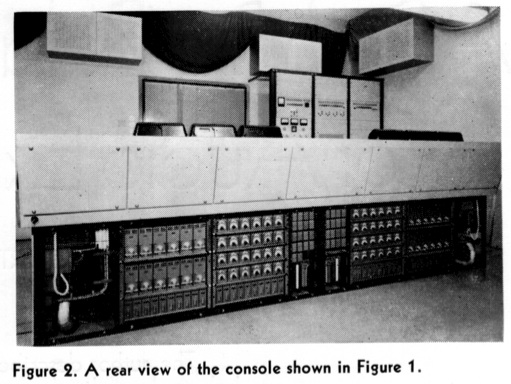
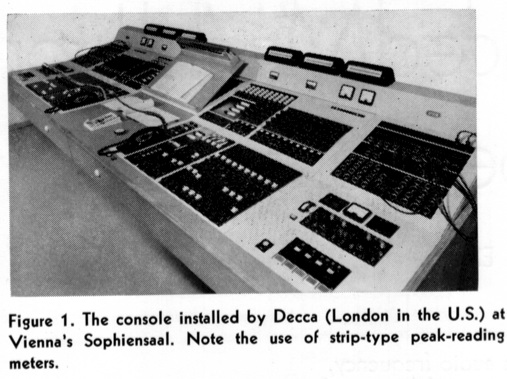
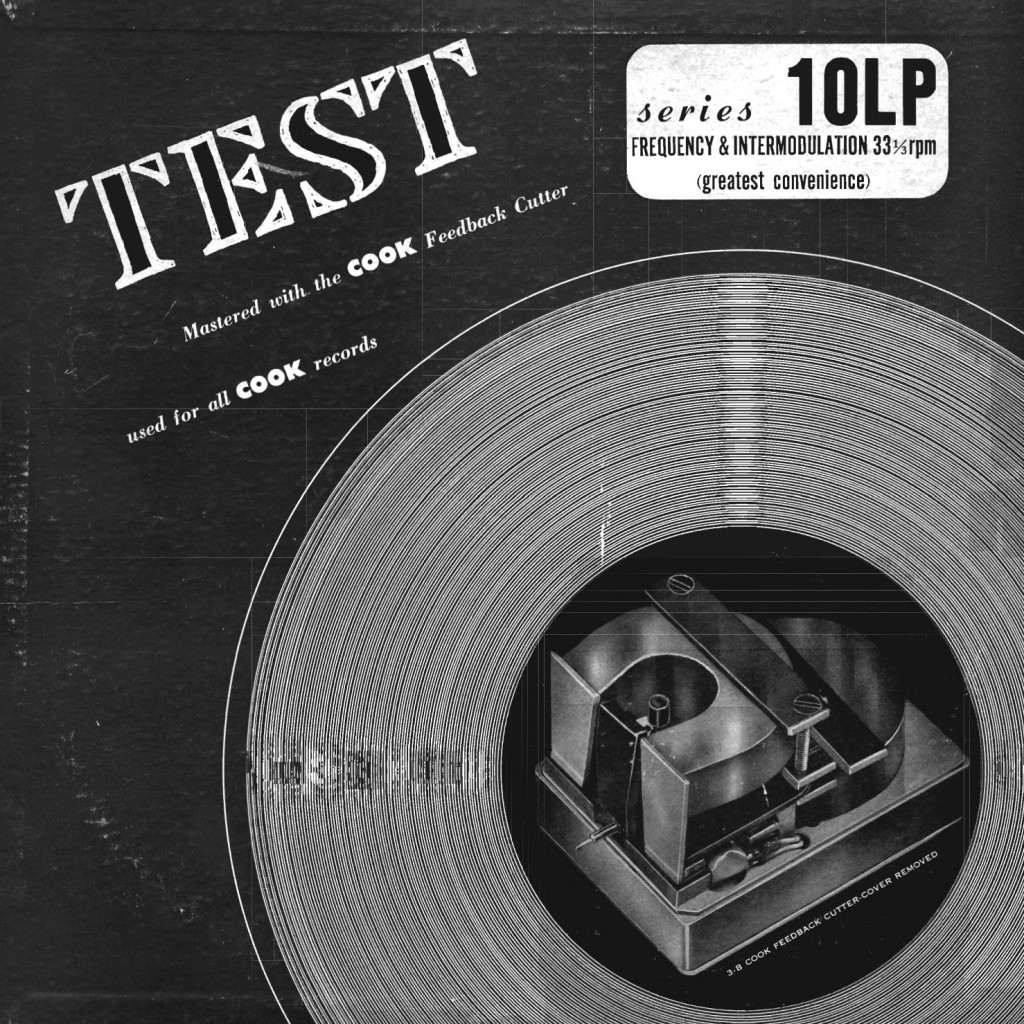 Several weeks ago I ran an article on Emory Cook, binaural recording pioneer and Connecticut entrepreneur. Click here to read that piece. T.F. contributed the wonderful and very-hard-to-find resources for that article, and we follow up today with some scans of a notable early Cook Labs product: the LP10 test-record. You can download several of these resources here:
Several weeks ago I ran an article on Emory Cook, binaural recording pioneer and Connecticut entrepreneur. Click here to read that piece. T.F. contributed the wonderful and very-hard-to-find resources for that article, and we follow up today with some scans of a notable early Cook Labs product: the LP10 test-record. You can download several of these resources here:
Emery Cook – Test Records brochure
Emery Cook – Series 10LP test record sleeve
Emery Cook – Series 10LP data sheet
Emery Cook – Series 10 Test Record Technical Bulletin
*******
***
I have a small collection of Test LPs myself, but I know nothing about the history and development of this type of product. T.F. graciously provided some background in the comments section, and I have reproduced that text here to facilitate easier reading:
“The way I understand the history (of test records), both RCA and Columbia produced microgroove test records when they developed their microgroove formats (45RPM 7″ disk for RCA, 12″ and 10” 33 RPM disks for Columbia). But these test disks were for professional mastering places, playback equipment designers and manufacturers, etc.
The Cook record seems to have been aimed at both professionals and serious hobbyists who were building and/or setting up phono playback equipment. Cook was also clever with marketing, this record proved the quality of his cutting equipment. In the early days of the microgroove, I don’t think there were very many other options for the hobbyist beyond the Cook record.
In 1954, when the industry adopted the RIAA curve, a bunch of semi-professional “test and demo” records came along, sometimes including calibrated test tones and sometimes just including “tracking challenge” music and sound effects. There was another bevvy of “test record” releases when the stereo LP debuted in 1958. In the 70s, we had more.
From the early days of the stereo LP, the CBS Labs test records were the standard device for designing and building playback equipment. The Command Stereo Test Record was made at Fine Recording. It includes calibrated tones to set level and check frequency response, as well as a phase test and a silent groove to test for rumble. Side two is a narrated tour of some Command pop tunes pointing out what to listen for, to determine if the cartridge is tracking correctly.
The most recent calibrated test record is from Analogue Productions. Its levels test out to be accurately described and it is well calibrated to the RIAA curve, so it’s quite useful for setting levels, balance and testing the frequency response of a cartridge. It’s also got a useful test for wow and flutter and a speed-check tone (which shows that many of the modern lower-priced belt-drive turntables don’t hold 33.3RPM due to cheap motors and cheap platter bearings). The Analogue Productions record is very well manufactured, on quite and pretty much tick-free vinyl.
One big thing that test records have shown me is how many cartridges have uneven channel-to-channel levels and sometimes uneven frequency response. In the lower priced world, you can’t beat the Denon DL-110, it’s super-flat and nearly identical channel-to-channel (3 different units tested, manufactured over a 10-year period).“
Hi-Gain PA Amplifier Circa 1950
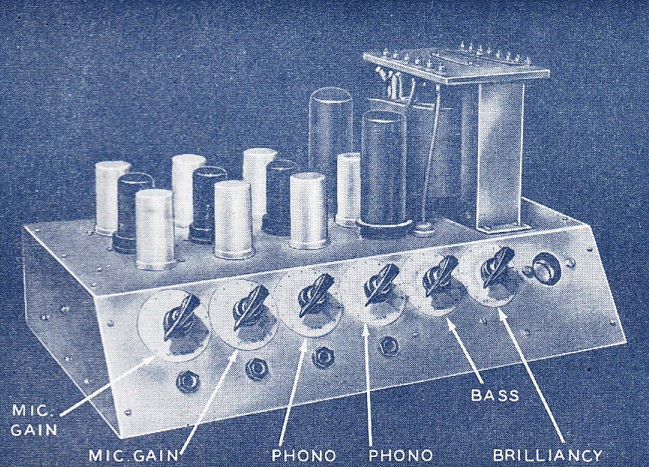 From Radio-Electronics, 1950, comes this circuit by one James Rundo. Download the article by clicking here:
From Radio-Electronics, 1950, comes this circuit by one James Rundo. Download the article by clicking here:
DOWNLOAD: HiGainPA_Amp_1950
 Above, the circuit. The front-end is set up for very low-impedance unbalanced mics that mix through a resistor network through a single (VERY) high ratio input transformer; so that bit is not very useful. What makes this piece of interest is the unusual tone control scheme. See the article for the details. Could make for a really unique guitar or studio bass amp.
Above, the circuit. The front-end is set up for very low-impedance unbalanced mics that mix through a resistor network through a single (VERY) high ratio input transformer; so that bit is not very useful. What makes this piece of interest is the unusual tone control scheme. See the article for the details. Could make for a really unique guitar or studio bass amp.
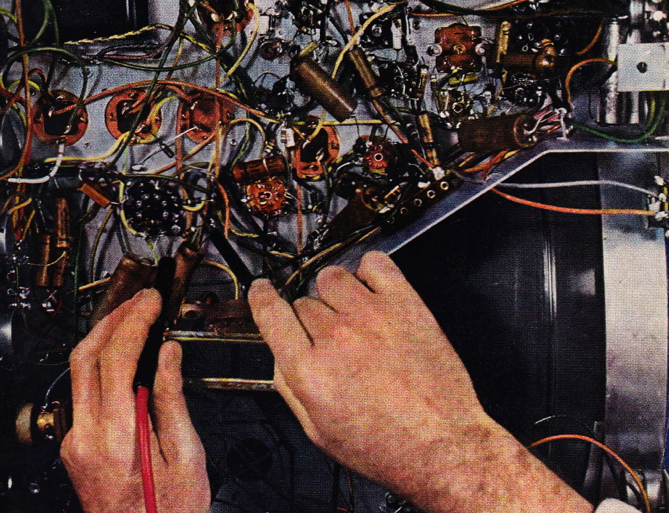 that’s right, git all up in that shit MOTHAFUKKA
that’s right, git all up in that shit MOTHAFUKKA
Ahem. From RADIO-ELECTRONICS circa 1950 comes this piece on a forgotten cul-de-sac of audio production, the ‘magnetic-transfer-field’ method of duplicating analog audiotape. WTF? Read on and learn, dudes (VIA is there a lady? Do any women read this nonsense? if so, pls speak up thanks).
DOWNLOAD: MagneticTapeDupe1950
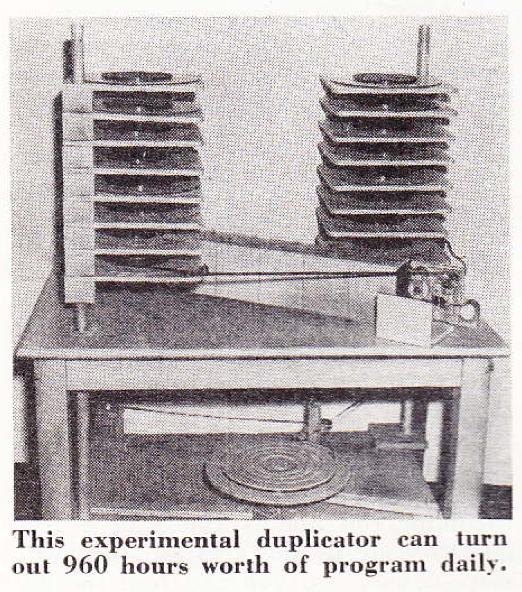 I was in Marin county this past weekend and I met some pretty interesting folks at the yard-sales. First, a dude who made a lot of the DigiRack presets in protools, and hours later, a very old fellow who used to build bridges+road by day and then service musical equipment by night. Hooked me up with some amazing ancient tech-data books. fascinating sorta shit/sorta folks that I don’t seem to find too often out here East. Anyhow… point is… there are so, so, so many weird little roads of audio-production that have not been traveled by plug-in designers… so many paths still unexplored digitally. Every weird dead-end of commercial audio production awaits a potential rebirth in the plug-in age… Via: someone make a magnetic-transfer-field simulator already?
I was in Marin county this past weekend and I met some pretty interesting folks at the yard-sales. First, a dude who made a lot of the DigiRack presets in protools, and hours later, a very old fellow who used to build bridges+road by day and then service musical equipment by night. Hooked me up with some amazing ancient tech-data books. fascinating sorta shit/sorta folks that I don’t seem to find too often out here East. Anyhow… point is… there are so, so, so many weird little roads of audio-production that have not been traveled by plug-in designers… so many paths still unexplored digitally. Every weird dead-end of commercial audio production awaits a potential rebirth in the plug-in age… Via: someone make a magnetic-transfer-field simulator already?
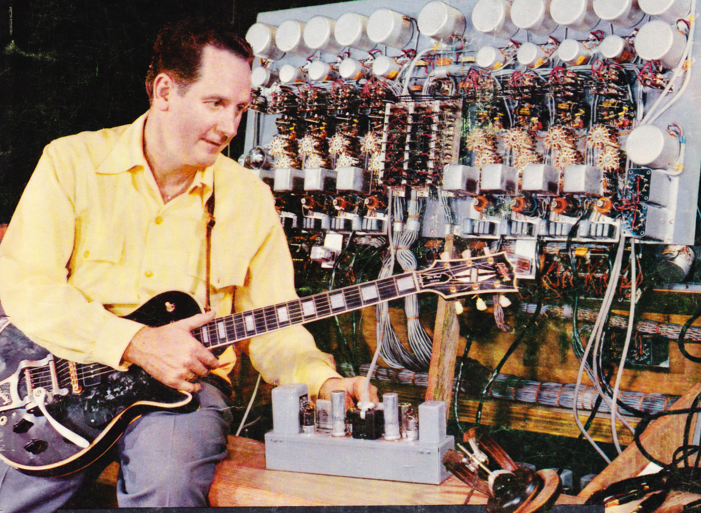 Les Paul discusses his DIY’d home eight-track studio in RADIO ELECTRONICS 1958. Thanks to JF for providing this scan.
Les Paul discusses his DIY’d home eight-track studio in RADIO ELECTRONICS 1958. Thanks to JF for providing this scan.
